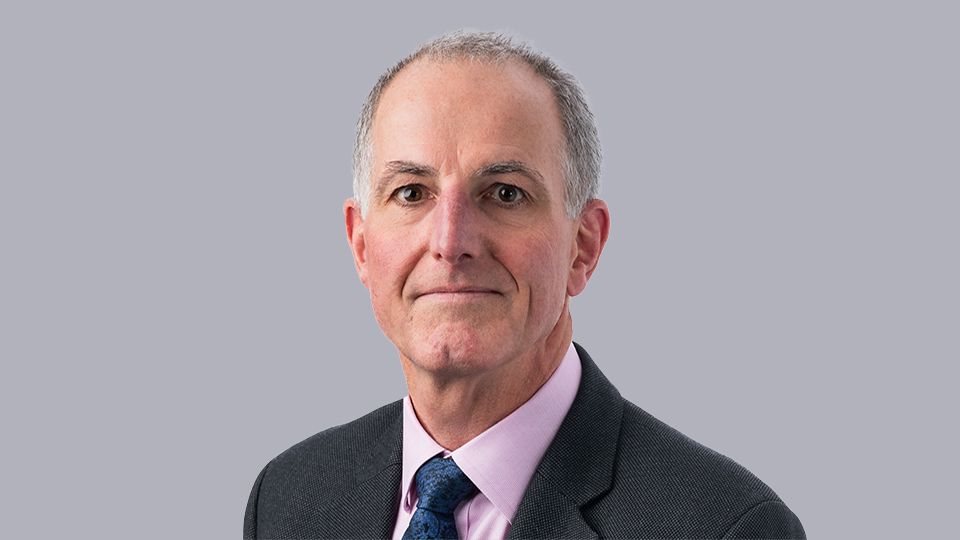The EU hasn’t exactly covered itself in glory when it comes to setting out clear sustainability disclosure rules or even getting those rules out in the right order.
When the timeline was set for the Sustainable Finance Disclosures Regulation (SFDR), the live date was set for 10 March 2021 and, once that date was out there, it would have been politically unacceptable for it to be pushed back, as that could have been seen as going soft on fighting climate change.
But the 15 months between regulation and live date proved to be insufficient to finalise the taxonomy, agree what would be accepted as a sustainable economic activity, the disclosure templates, and the number of possibly unforeseen issues that would need to be clarified. The result was that, for almost two years after the SFDR came into force, with its high-level rules on what financial services companies, their products and financial advisers needed to disclose, there were no technical standards in place with detailed rules on just what those disclosures needed to contain or how they needed to look.
The great reclassification
A lack of clarity around some of the definitions meant there was a mad scramble after the European Commission confirmed last year that funds classified as Article 9 should only invest in sustainable assets. The last quarter of 2022 was characterised by what has become known as the great reclassification, when many Article 9 funds – mostly passive funds tracking Paris-aligned or climate transition benchmarks – felt that was too high a hurdle. 40% of Article 9 funds, by value, were rebranded to the less demanding Article 8, which doesn’t have a prescribed minimum in sustainable assets.
And then the Commission came back with further clarification that Paris-aligned and climate transition benchmarks are automatically deemed to contain sustainable assets. So, there had been no need for all of those funds to retreat to Article 8. Clearly, the active funds that reclassified have a bigger decision to make around committing to 100% sustainable assets.
Only recently have a very small number of those passive funds (and none of the active funds, yet) put their heads back above the parapet and gone back to being classified as Article 9.
But that is surely the point – Article 8 and 9 are not classifications, but the SFDR explains what funds need to disclose, and which templates to use, if they promote environmental or social characteristics (Article 8) or have sustainability as an objective (Article 9). They are not optional classifications that groups can choose to adhere to or not.
It may be an expensive and time-consuming process, but any fund that tracks a Paris-aligned or climate transition benchmark by definition has sustainability as an objective and invests only in sustainable assets, so should populate the relevant (Article 9) template, and append that to the prospectus.
The templates are another area on which there was a lack of clarity for too long.
Just as the disclosure templates were being drafted, we had the initial fallout from the invasion of Ukraine, so the benefits of nuclear power and non-Russian natural gas were being heavily promoted. After lengthy debate between the “pro” and “anti” lobbies, both of these forms of power generation were added to the EU taxonomy as being environmentally sustainable activities, but not until after the first version of the templates had gone into circulation.
So, we had the situation where, only a few weeks after coming into use, the templates were already being replaced by version two.
Assurance of corporate disclosures
Another important area in which the regulations have been less than helpful is around two aspects of the EU’s Corporate Sustainability Reporting Directive (CSRD).
The first is that when the CSRD replaces the non-financial reporting directive as the driver for corporate sustainability disclosures, the universe of companies in scope will expand massively. And with that expansion comes the requirement for the disclosures to meet certain standards and be independently assured as doing so by a suitable third party.
While policymakers in Europe don’t want that assurance to be the exclusive preserve of the large audit firms, there is little or no guidance on what qualification or experience is needed to provide this service, other than they must be accredited. But it will take expertise and resource and the large audit firms are probably best place to step into the gap, at least in the short term.
The International Auditing and Assurance Standards Board has stepped up with the help of various bodies, including the European Commission, IOSCO, the International Sustainability Standards Board and the Securities and Exchange Commission in the US, among others, to publish a draft set of sustainability assurance standards, known as ISSA 5000. And who do you think will be best placed to adopt the standards in ISSA 5000
Materiality assessment
The other conflict caused by the CSRD is around materiality.
Companies making CSRD disclosures can make a materiality assessment around the criteria and skip those they deem not to be material to them. Quite apart from making the assurance of their disclosures even more complex, the funds that rely on those companies’ sustainability disclosures have no such option, so may have to make their own disclosures using incomplete data.
Of course, we need regulations to ensure companies, and the funds that invest in them, make worthwhile, consistent and comparable sustainability disclosures. And of course, the whole area of sustainability is constantly changing. But a little less urgency to be seen to be doing something might have allowed for more joined-up thinking and less need for companies and the asset management industry to rework their procedures to accommodate the policymakers.
The Financial Conduct Authority seems, so far, to have been more pragmatic on this subject, listening to feedback and taking longer to compile its final disclosure rules, to make sure they get them right. Let’s hope this proves to be the case when they are published at the end of the year.








